“This woman was imprisoned for having sex outside of marriage and she gave birth to her child in prison. She was arrested on 21 July 2009 has not yet received a sentence, she is from the Soran district near Erbil.”
From Born in Jail (2009) by Julie Adnan
After walking around the bustling market busy with families buying new clothes and food for the festival of Eid, we met with the artist Julie Adnan in a serene restaurant on the top of a new shopping centre that overlooks the rapidly expanding city of Sulaymaniyah. We discussed her series of photographs Born in Jail (2009) which was on view at the Cornerhouse space in Manchester. The portraits depict women in the Iraqi prison system, with scarves covering their faces to mask their identity and holding their children that were born in confinement. Some of the inmates were convicted of prostitution or theft while others committed offenses to more traditional laws such as adultery. However the jail can also be seen as a safe haven. Other women in the institution have come voluntarily, seeking shelter from their families as honour killings for acts that transgress the honour of the family are still common in parts of the country. The images make visible these clandestine women while highlighting their status in Iraqi society.
“This child was born in prison, he is 8 months old. The mother was imprisoned on 29 January 2009 and sentenced to one year in jail for having “illegal sex” with a man. She is from Erbil.”
From Born in Jail (2009) by Julie Adnan
The artist, Julie Adnan
A more recent project, Chairs (2010), can be seen as a type of contemporary archive, chronicling images of chairs in the region. This seemingly everyday piece of furniture has tremendous political symbolism in an area that has long been defined by strict top down hierarchical structures of power. In this context any chair can be seen as a seat of power and these different permutations are explored in the series; from the Prime Minister’s ornamental armchair; to an office chair used by a prison guard; an apparently abandoned chair in a vacant lot; and even the seat of the President of Iran.
From Chairs (2010), Julie Adnan
From Born in Jail (2009) by Julie Adnan
We also spoke about the state of art education in Iraq as Julie is presently finishing her final year at the College of Fine Art part of Sulaymaniyah University. The college, which has about equal enrollment of both men and women, is divided by discipline such as painting, sculpture, and dance. The visual arts students work on developing three areas of art, classical, realism and modern art which culminate in a final project following the style of each period. Different classes in Art History are taught; the basic introduction which covers pre-history to baroque, Islamic art history, and modern art. The modern art history class begins in the middle of 19th century and ends at cubism, students mainly learn about contemporary art by themselves from the internet and what sources are available in the library. While instructors at the college will give one-on-one critiques a few times a year, the students mainly learn from one another which instills a strong sense of community amongst the artists.
University of Sulaymaniyah which houses the College of Fine Arts

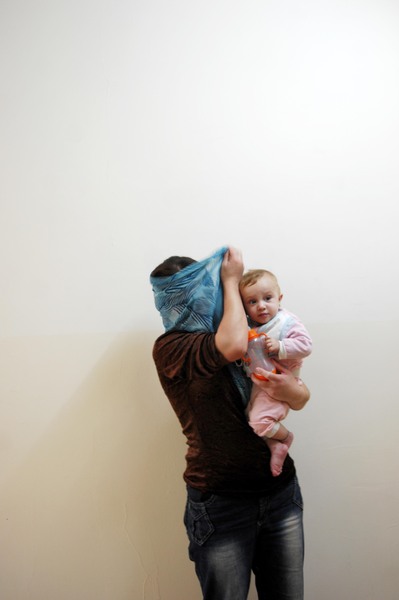
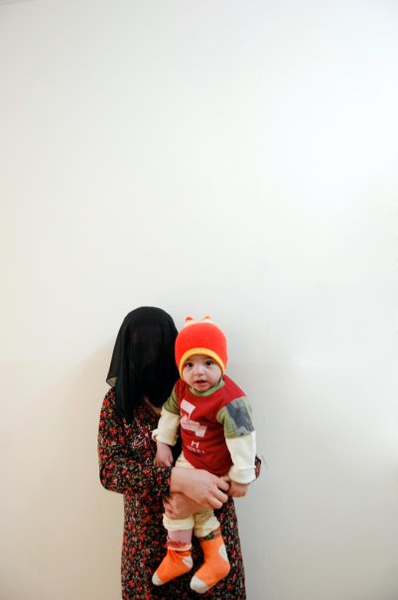
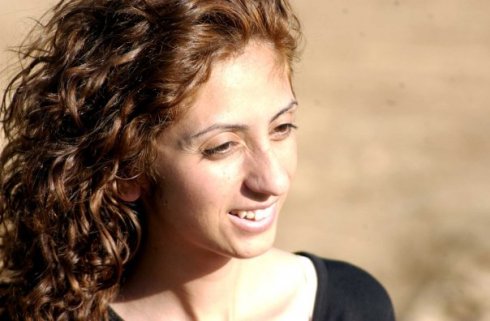
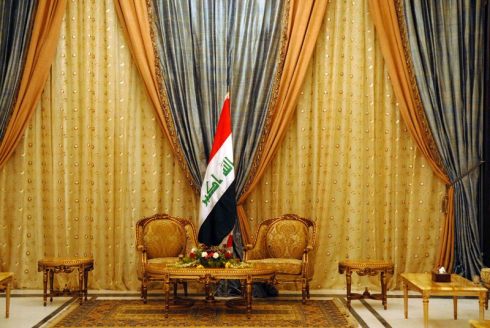
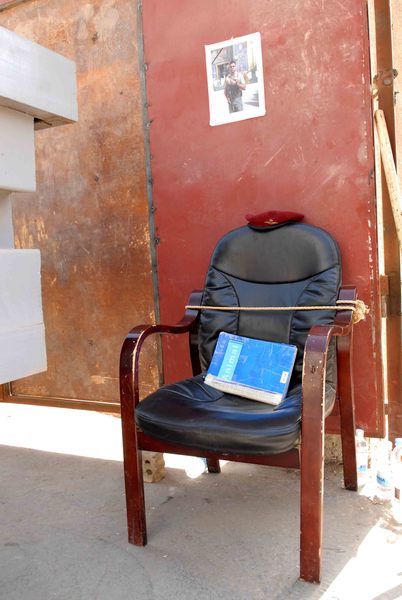
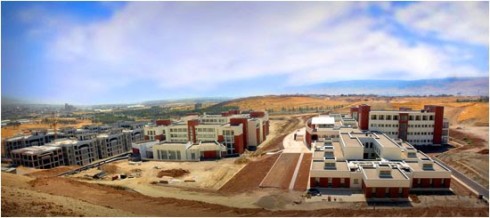
Leave a comment